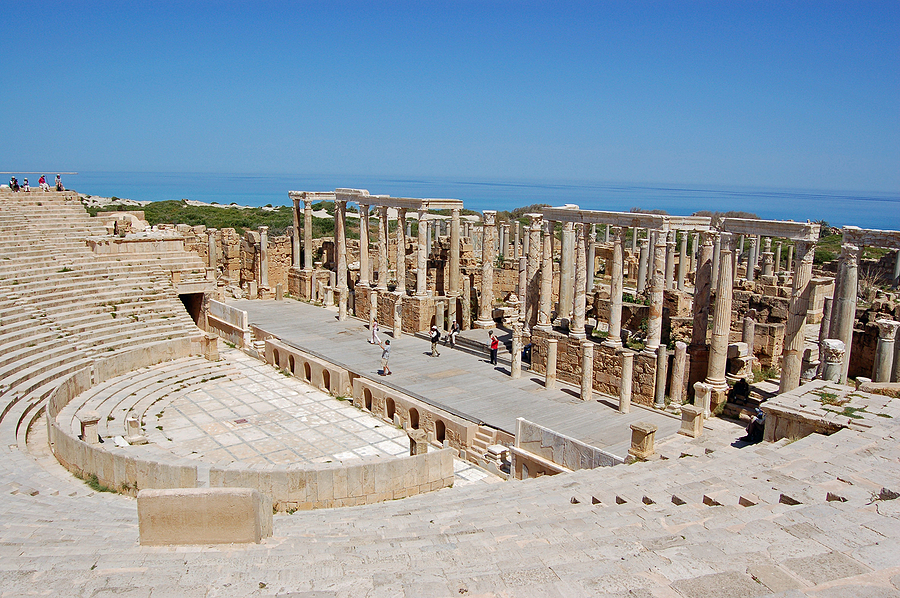History & Heritage
4.27.2022
Do you know ancient Libya?

Ancient Libya: a colonized land If the limits of ancient Libya are still unclear, we know that it represented a vast region of Africa west of the Nile. Situated on the edge of the Mediterranean, it was subject to several successive colonizations, notably by the Phoenicians, the Greeks, the Romans, the Vandals (Germanic people) and […]
Ancient Libya: a colonized land
If the limits of ancient Libya are still unclear, we know that it represented a vast region of Africa west of the Nile. Situated on the edge of the Mediterranean, it was subject to several successive colonizations, notably by the Phoenicians, the Greeks, the Romans, the Vandals (Germanic people) and the Byzantines.
It is known that in 631 BC, Greek navigators settled on the Cyrenaican coast. Home to the prestigious city of Cyrene, Cyrenaica established itself over time as the largest Greek city in Africa. Later in 96 BC, this vast province fell under the domination of the Roman Empire. It was attacked by the Vandals during the 5th century, then reconquered by the Byzantine Empire around 533.
Ancient Libya: the historical sites not to be missed
The period of antiquity has left Libya a remarkable heritage. Here are two major archaeological sites that were classified as World Heritage by Unesco between 1982 and 1985:
– Leptis Magna: 120 km east of the present Tripoli, along the coast, this city belonging to the Roman Empire is grandiose in its conception. Under the reign of Emperor Augustus, it experienced an unprecedented development, deploying colossal infrastructures: amphitheater, temples, baths, palaces, arches, fountains, etc. A prosperous and luxurious city that grew rich thanks to trade and its strategic position facing the Mediterranean basin. It had a gigantic port where precious goods were unloaded: Greek marbles, granite from Aswan and cedars from Lebanon. Today, one can still see the 1200 meters long quays of yesteryear.

– Sabratha: in ancient times, this city played a fundamental role in the economic and architectural development of North Africa. Located 50 km from Tripoli, and built in the seventh century BC, this multi-millennial site reveals vestiges dating from the empire of Antoninus the Pious. Among the ruins still visible, we find those of the temple and the forum of Antonin the Pious, but also those of the amphitheater and the theater. The latter is the best preserved monument, despite time and the ravages of war in Libya.
Just like the city of Leptis Magna, the city of Sabratha contributed to the commercial activities of the time. And for good reason, it was served by a commercial road that linked it to the oasis of Ghadames, nicknamed “the pearl of the desert”.
popular

